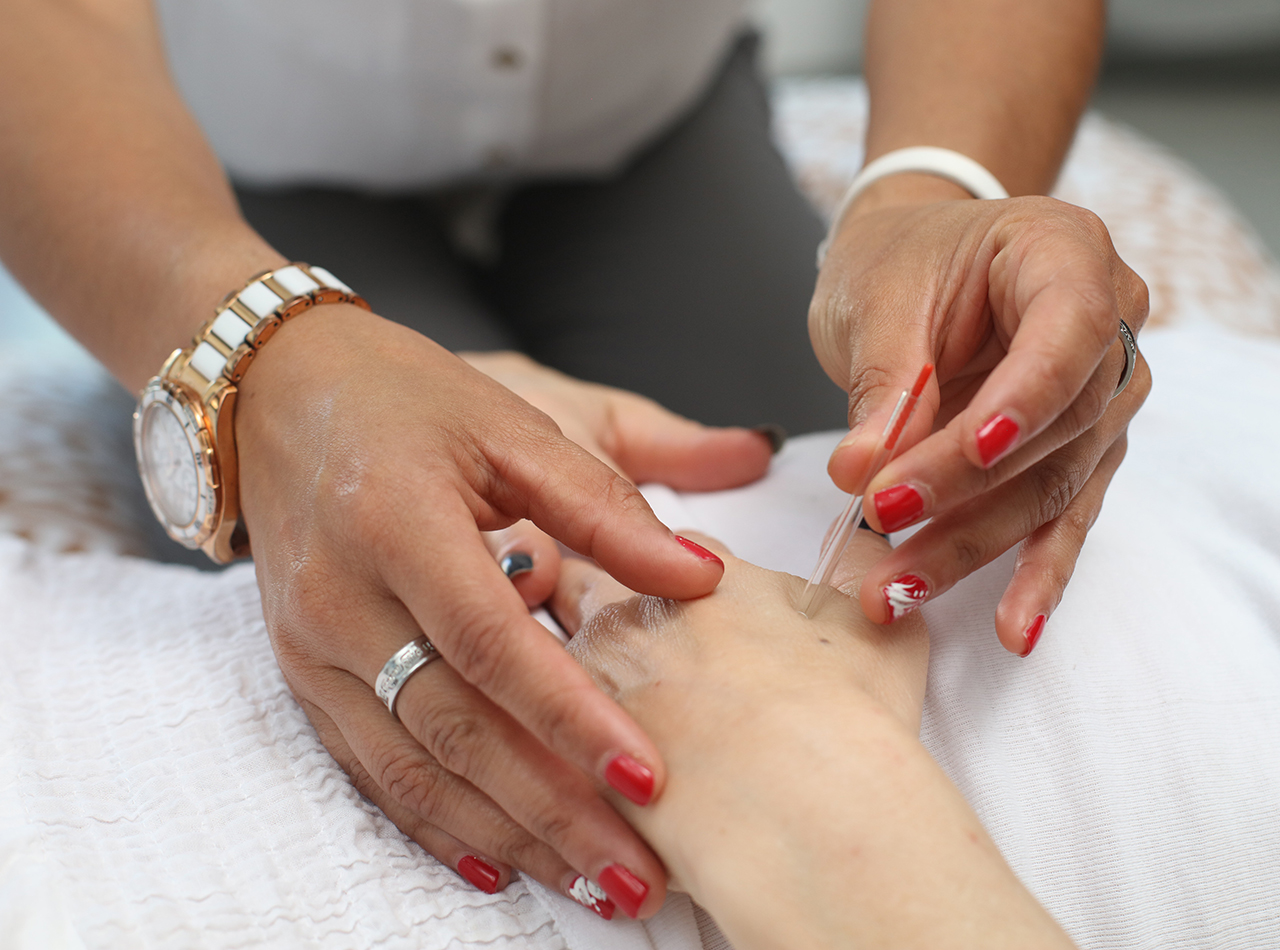
Mindfulness is the practice of being aware of your body and feelings in the present moment. If you’re silent for a moment, you will notice the subtle smell of your freshly washed clothing, the sound of your breathing, and watch a small leaf blow past your window. Mindfulness is an incredibly calming, relaxing practice that can help adults in numerous ways, and it may surprise you that it can help children, too.
Studies have shown that children who learn mindfulness practices showed better grades, increased patience and improved coping skills. When taught in schools, mindfulness increases optimism in classrooms while decreasing bullying and aggression.
It can be remarkably simple to teach a child mindfulness. Here are four exercises to get started.
Muscle Awareness
Teach your child to become aware of their body with a muscle awareness exercise. Sit down on the floor and do some exercises where they focus on one muscle at a time. They can point their toe and hold, and as you do the same ask them what they feel and where exactly they feel the tightening of their muscle. Hold for a few seconds and release, then repeat with other muscles.
Breathing Buddy
Have your child lie on her back with a favorite stuffed animal on her belly. Have her watch the stuffed animal, which will naturally rise and fall as she breathes in and out. Teach your child to breathe in through their nose slowly, to hold their breath for a few seconds, then slowly release the breath as they watch their stuffed animal rise and fall to match their breaths.
A Mindful Walk
Take a mindful walk around the block or at a local park with your child. Take in the sights, sounds and smells. What does your body feel like as you’re walking? What muscles do you feel working the most? Notice sounds you may hear, especially subtle sounds like a leaf skittering across the grass, or the crunch of a leaf as you step in. This will help them relax, get in a little bit of exercise and learn to appreciate all their body does to keep them moving.
A Mindful Snack
Have a mindful meal or snack with your child. As you eat, do so mindfully. Focus on the food. What are the colors? How does it taste and smell? Have your child describe what happens when they chew and swallow. Have them notice what muscles are moving as they eat or bring the food to their mouth.
Children learn what they see at home, so by modeling mindfulness practices yourself, you will benefit them greatly.
Are you a parent looking for unique ways to cope with challenging parenting issues? A licensed therapist can provide the support and guidance you need. Give my office a call today and let’s schedule a time to talk.


Recent Comments